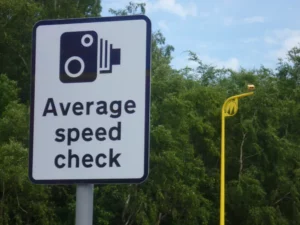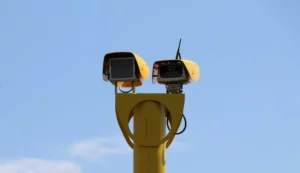Birmingham City Council has published an interim report on the impact of the Clean Air Zone providing evidence that the levels of the air pollutant nitrogen dioxide are reducing in the city centre.
This is its first report on the impact of the Clean Air Zone, since the launch of the scheme at the beginning of June 2021 and uses data gathered between 1 June 2021 and 31 December 2021. The report also includes data about changes to the volumes of vehicles entering the zone and the number and percentage of vehicles that are now achieving compliance with the emissions standards of the zone.
The Clean Air Zone operates in the central Birmingham area within the A4540 Middleway and was introduced with the objective of reducing the levels of NO2 to within the legal limit in the shortest possible time.
Key findings of the report are that:
- There has been a reduction in the levels of NO2 within the Zone (when comparing 2019 (pre Covid) to 2021 results) by an average of 13%
- From the launch of the Clean Air Zone the average rate of compliance for all vehicle categories has increased from 79.8% at the beginning of June 2021 to 88.8% at the end of December 2021.
- The rate of compliance for passenger vehicles has improved from 81.8% in June to 89.9% at the end of December 2021. Passenger vehicles account for around 88% of all unique vehicles that enter the Clean Air Zone on average each day.
- The report has also indicated that the rate of compliance for Light Goods Vehicles (LGV) has improved from 63.3% at the beginning of June 2021 to 77.4% at the end of December 2021.
Councillor Waseem Zaffar MBE, Cabinet Member for Transport and Environment, said: “These results are a really clear indication that the Clean Air Zone is starting to improve air quality in the centre of our city. It is still very early days for the scheme but if we can maintain this rate of improvement, we are on track to bring the levels of NO2 back within the legal limit.
“We will continue to support individuals and businesses through the transition to becoming a clean air city and I am pleased that we are getting ready to extend the benefits of clean air in the city centre to all parts of Birmingham. Our Clean Air Strategy starts to set out a longer-term plan for change, but it is something that the Council cannot do on its own. Collaboration with partners will be critical. So too is the need for all of us to understand the positive changes we can make every day that help to reduce air pollution.
“We will continue to monitor and publish the data around the operation and impact of the Clean Air Zone. And we will use this data to help shape our longer-term ambitions and policies in this critical area.”
The Clean Air Zone is the first of many projects taking place through the Brum Breathes programme and will be followed by other initiatives to reduce air pollution levels across the city. These include the rollout of fast and rapid Electric Vehicle (EV) charging points across Birmingham, supporting the adoption of hydrogen buses and the rollout of air quality monitoring sensors to all wards in the city.






















